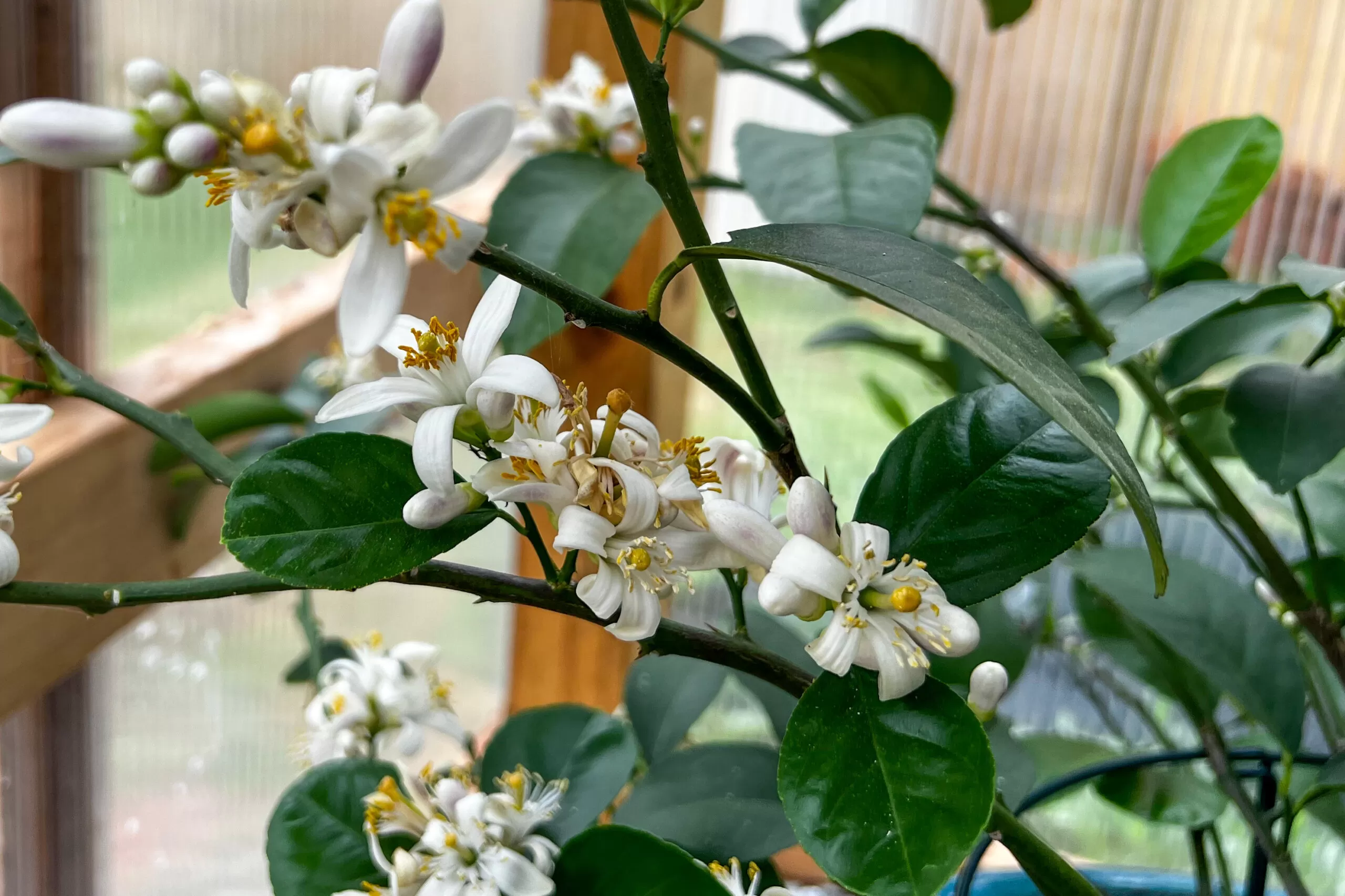- Easy propagation: Replicate your favorite roses with simple cuttings.
- Best time for cuttings: Softwood cuttings in late spring/early summer offer the highest success rate.
- Rooting hormone: Boosts root development and speeds up the process.
- Essential care: Keep cuttings moist and covered until established.
Growing roses from cuttings might seem daunting, but it’s surprisingly straightforward, even for beginners. This comprehensive guide will walk you through the process, from selecting the right cuttings to nurturing them into thriving rose bushes. Whether you’re looking to expand your rose collection or share your love of gardening with others, learning How To Grow Roses From Cuttings is a rewarding experience.
Contents
Understanding Rose Cuttings and Their Growth Stages
Rose cuttings are sections of stem taken at different maturity levels. Luckily, roses are adaptable, offering various options for propagation. These cuttings, unlike seeds, will produce a replica of the parent plant, ensuring you get exactly the rose you desire. The three main types of rose cuttings are:
- Softwood Cuttings: Taken in late spring/early summer from flexible, new growth. These root the quickest and easiest, ideally from pencil-sized stems below spent blooms.
- Semi-hardwood Cuttings: Taken in late summer/early fall from partially matured stems, often with developing rose hips.
- Hardwood Cuttings: Taken in late fall/early winter from dormant, hardened stems. These are the slowest to root and require more patience.
Using a rooting hormone can significantly improve success rates with any cutting type. Rooting hormone stimulates root development and encourages faster growth.
Preparing the Planting Site for Your Rose Cuttings
Softwood cuttings offer flexibility in planting location. Prepare your chosen spot beforehand, as cuttings should be planted immediately after they’re taken. You can plant them directly into a garden bed or use containers or trays.
For garden planting, choose a location with bright, indirect light, preferably with northern or eastern exposure, avoiding harsh sun and excessive heat. Loosen the soil 4-6 inches deep, adding sand to heavy soils for improved drainage and root penetration.
For container planting, choose a pot at least 6 inches deep to allow for root growth. A mix of equal parts coarse sand and perlite or vermiculite provides an ideal growing medium. Water thoroughly after planting.
Taking Rose Cuttings: A Step-by-Step Guide
The ideal time for softwood cuttings varies based on climate and rose variety. Observe your roses and their fading blooms for the best indication. Gather these supplies:
- Sharp, clean knife or bypass pruners
- Bucket of warm water
- Rooting hormone
- Small dish for rooting hormone
- Small stick or pencil
Follow these steps for successful rose cuttings:
- Select Stems: Choose healthy stems between a faded bloom and the woody base. One stem can yield multiple cuttings.
- Remove Bloom and Tip: Cut at a 45-degree angle above the top and bottom sets of leaves. Place stems immediately in water.
- Cut into Sections: Cut stems into 6-8 inch lengths, each with at least four nodes (where leaves emerge). Keep cuttings constantly moist.
- Remove Lower Leaves: Retain only the top set of leaves to minimize stress and monitor progress.
- Apply Rooting Hormone: Pour a small amount of rooting hormone into a dish and dip the moistened bottom half of each cutting. Discard excess hormone.
- Plant the Cuttings: Create a 3-4 inch deep hole with a stick, ensuring enough space to avoid removing the rooting hormone.
- Firm the Soil: Insert the cutting, ensuring the bottom half and at least two nodes are covered. Gently firm the soil around the cutting.
Caring for Your New Rose Cuttings
Maintaining moisture and humidity is crucial for successful rooting. In garden beds, create a mini-greenhouse using a bell jar, cloche, or overturned jar. Water regularly to keep the soil moist, but not soggy.
For container cuttings, insert twigs for support and cover with a clear plastic bag. Mist and water as needed, ensuring the plastic doesn’t touch the cuttings.
Most softwood cuttings root within 10-14 days. Gently tug to check for resistance, indicating root development. A mild fish or kelp-based fertilizer can provide nutrients during this phase. Transplant to permanent locations once roots are established and new growth appears.
Conclusion: Sharing the Joy of Growing Roses
While some roses root more easily than others, don’t be discouraged from propagating your favorites. With a little patience and care, you can expand your rose garden and share the beauty of these blooms with friends and family. Leave a comment below and share your own rose propagation experiences! We’d love to hear your tips and tricks.

